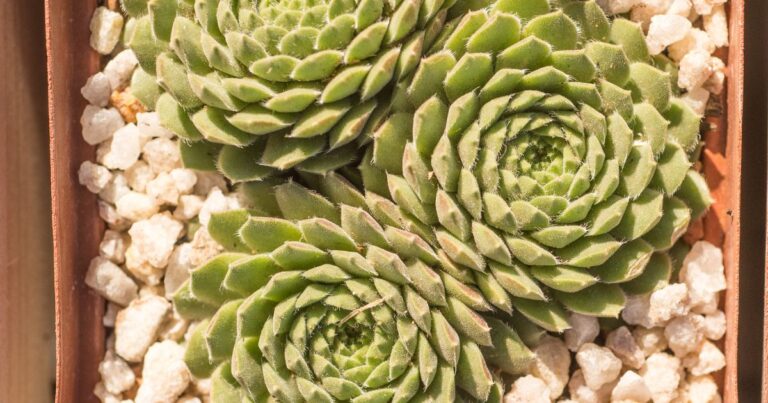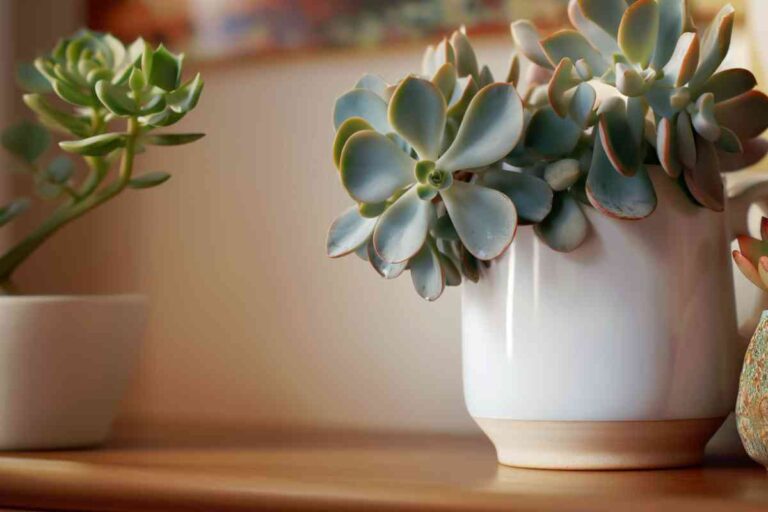How to Save a Succulent without Roots: Expert Tips and Tricks
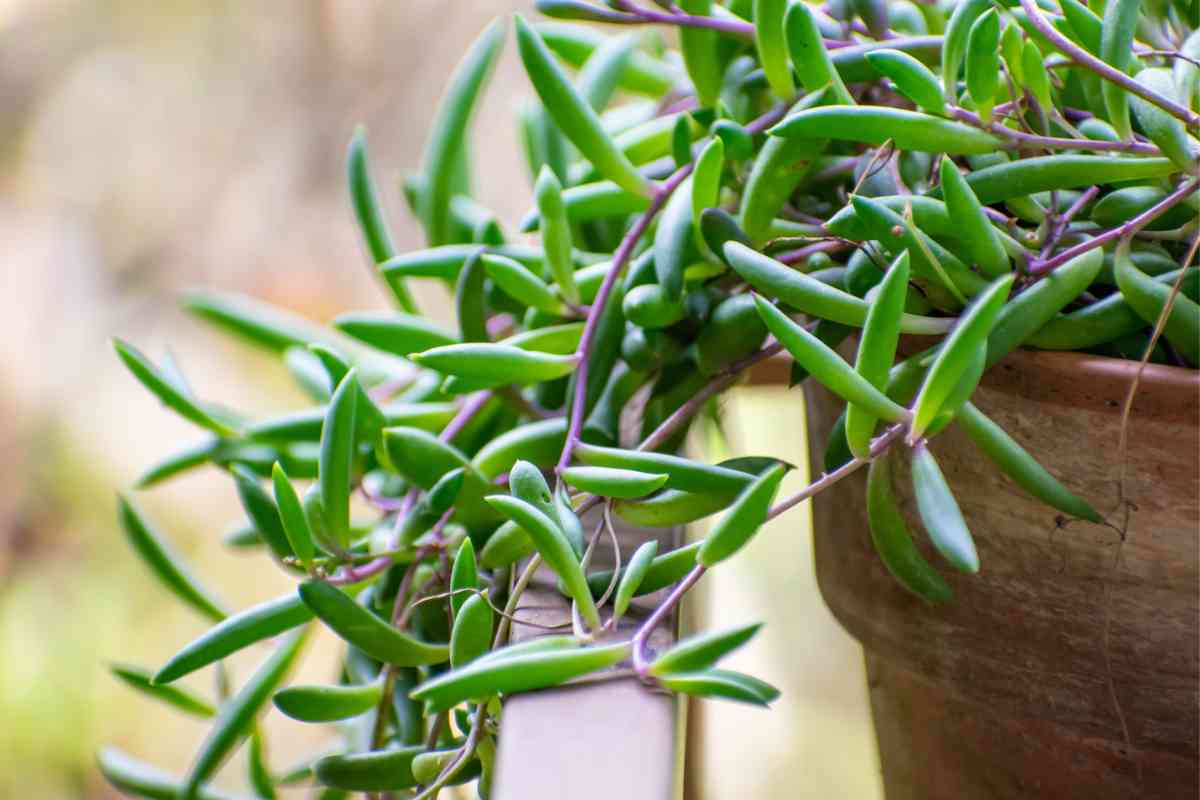
Saving a succulent without roots can be a challenging task, but it is not impossible. If you’re a succulent lover like me, you can’t pass by those sad, droopy succulents on the discount rack at the garden center.
It just makes you feel so good to see a sad succulent become a healthy plant in just a few weeks. If your succulent is struggling, don’t worry. I’ll give you the tips you need to save your succulent.
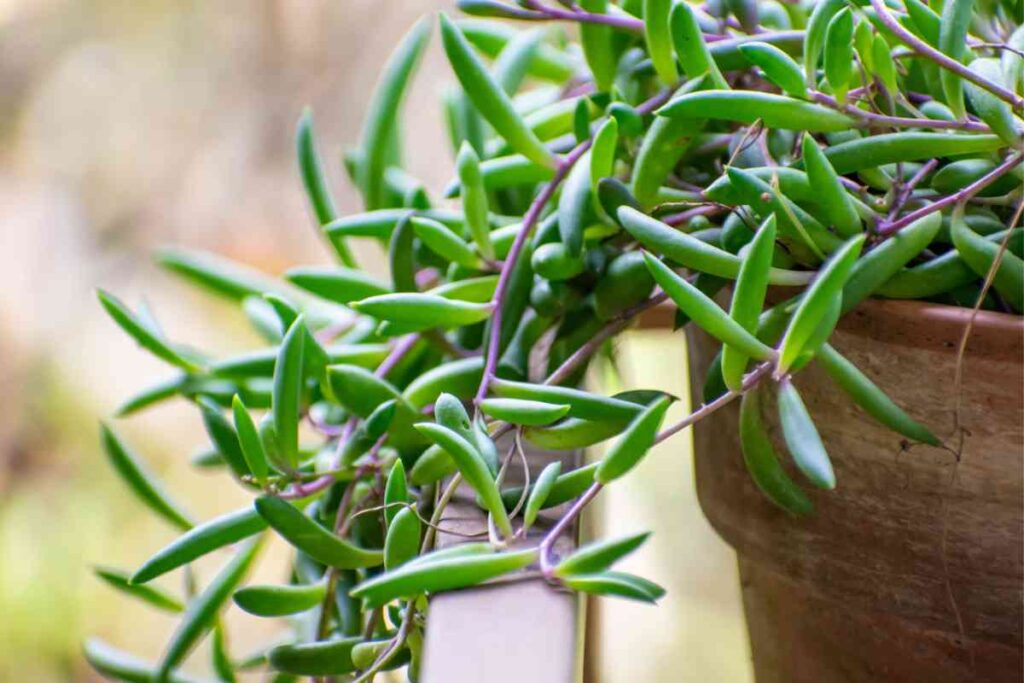
In this article, I’ll share my tried and tested methods for saving a succulent without roots.
The first step in saving a succulent without roots is to identify the cause of the problem. Succulents can lose their roots due to overwatering, underwatering, or physical damage.
Once you’ve identified the cause of the problem, the next step is to provide the succulent with the necessary care to help it recover. It may just need the right amount of light, water, and nutrients.
You may also need to repot the succulent in fresh soil to give it a new start. With patience and proper care, you can save a succulent without roots and watch it thrive again.
Understanding Succulents
What are Succulents?
Succulents have adapted to survive in arid environments by storing water in their leaves, stems, and roots.
They come in a variety of shapes, sizes, and colors, and are popular for their unique appearance and low maintenance.
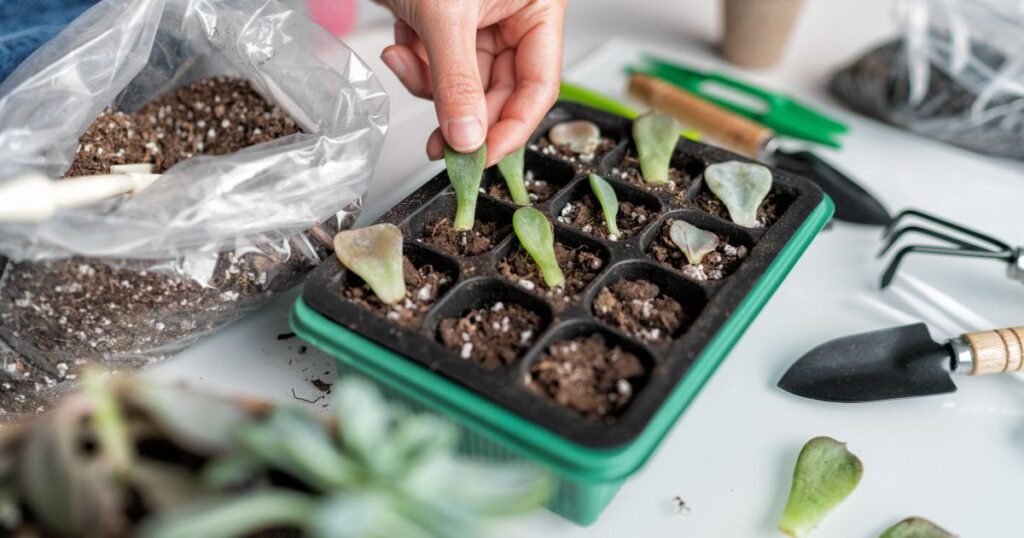
Types of Succulents
There are many different types of succulents, each with their own unique characteristics and care requirements. Some popular types include:
- Aloe Vera
- Echeveria
- Sedum
- Crassula
- Haworthia
Regardless of what type of succulent you have, the techniques I go over here to grow new roots will work well.
Succulent Care Basics
Succulents are relatively easy to care for, but there are a few key things to keep in mind to ensure their health and longevity. Here are some basic care tips:
- Soil: Use a well-draining soil mix specifically designed for cacti and succulents.
- Water: Only water when the soil is completely dry. Water thoroughly but don’t let the plant sit in the full tray after. Avoid getting water on the leaves or stem, as this can cause rot.
- Sunlight: Succulents need plenty of bright, direct sunlight to thrive. However, be careful not to expose them to too much intense sunlight, as this can cause sunburn and dry them out too quickly.
- Potting: Choose a container with drainage holes to allow excess water to escape. Avoid using pots that are too large, as this can cause too much moisture to stay in the soil.
- Propagation: Succulents can be propagated from stem or leaf cuttings. This can be a great way to save a succulent that’s far gone. Allow the cuttings to dry out for a few days before planting in well-draining soil.

Identifying a Succulent without Roots
The most obvious sign of a succulent without roots is the absence of roots, but you probably want to know whether it has roots growing before you take it out of the pot. Here are a few other signs that you can look for:
- The leaves are wilting or falling off
- The stem is soft and mushy
- The plant looks like it is dying, pale, and discolored
- The plant is not taking up water
Common Causes of Succulents without Roots
There are several reasons why a succulent may not have roots. Here are some of the most common causes:
- Overwatering: This is overwhelmingly the most common reason for root loss. Succulents are adapted to survive in dry conditions. They will rot without having dry substrate between watering.
- Root Rot: Root rot is a fungal disease that can affect succulents. It is caused by overwatering or poor drainage. A succulent with root rots may not grow new roots even when the conditions that caused the disease are fixed.
- Pests: Some pests, such as mealybugs and spider mites, can damage the roots of succulents, causing them to lose their roots.
- Transplant Shock: When a succulent is transplanted, it can go into shock, which can cause it to lose its roots. This is especially true if the plant was not watered properly after transplanting.
- Too dry. Succulents easily thrive in dry conditions, but with too little water, the succulent may abandon it’s roots in an attempt to fall somewhere with more moisture.
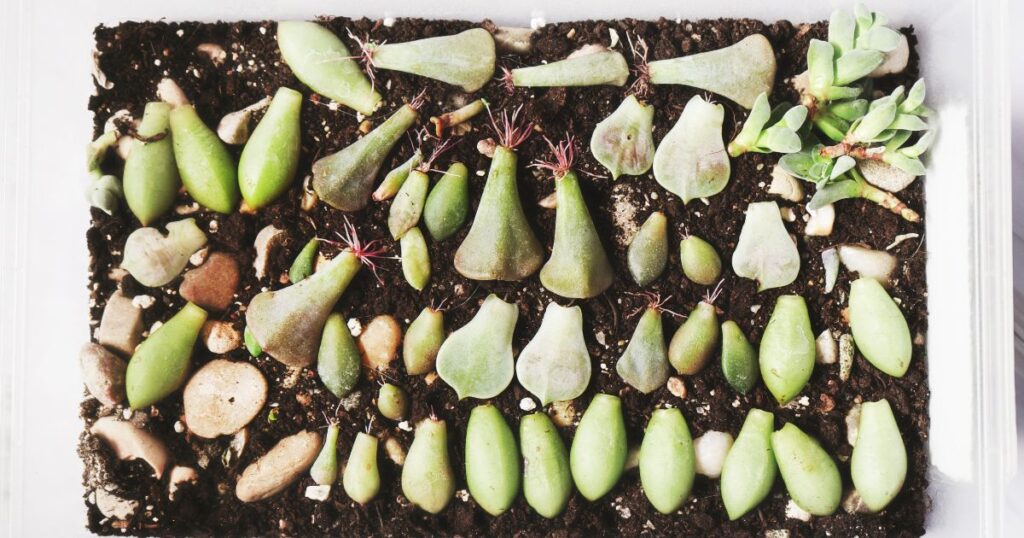
Saving a Succulent without Roots
Should you save the succulent plant or take succulent cuttings? Here are a few tips to help you decide.
- Condition of the plant: If the succulent is in poor condition, with dried out leaves or stems, it may be difficult to save it without roots. In this case, it may be better to take cuttings from the plant and start fresh.
- Type of succulent: Some types of succulents are easier to propagate from cuttings than others. For example, succulents with fleshy leaves like jade plants and sedums are generally easier to propagate from cuttings than succulents with thinner leaves like echeverias.
- Size of the plant: If the succulent is large and mature, it may be worth trying to save it without roots. However, if it is a small or young plant, taking cuttings may be a better option.
- Rooting potential: Some succulents are more likely to produce roots from stem or leaf cuttings than others. If you are unsure about the rooting potential of the succulent, it may be worth taking a few cuttings as a backup plan.
In general, if the succulent is in good condition and you are confident in its rooting potential, it may be worth trying to save it without roots. However, if the plant is in poor condition or you are unsure about its ability to root, taking cuttings is a safer option.
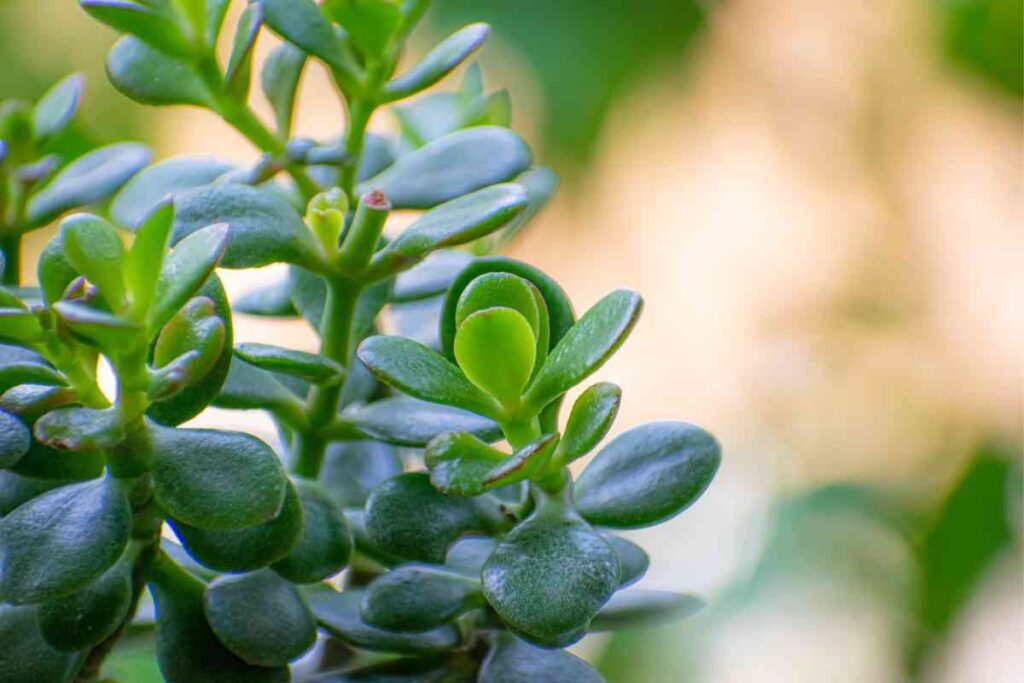
You can always compromise by taking some cuttings and still trying to save the original plant.
Materials Needed
Before starting the process of saving a succulent without roots, you will need the following materials:
- A shallow pot/ pots
- Well-draining soil
- Rooting hormone (optional)
- A sharp, clean knife or sheers
Cutting off the Healthy Succulent
Most succulents get new growth well from leaf cuttings, but some do better when started from small stems. Look up your particular species’ needs before attempting to propogate succulents. Use a sharp, clean knife or scissors to cut pieces of stem or leaf.
If saving the entire plant, cut off any rotted roots, stems, or leaves. Make sure to remove the entire rotted area.
Leave the pieces with the cut end open to air somewhere with enough light to keep them dry and well-lit, but not so much that they burn or dry out. Leave them until they begin to grow aerial roots, usually about two weeks, but sometimes as much as 3 weeks.
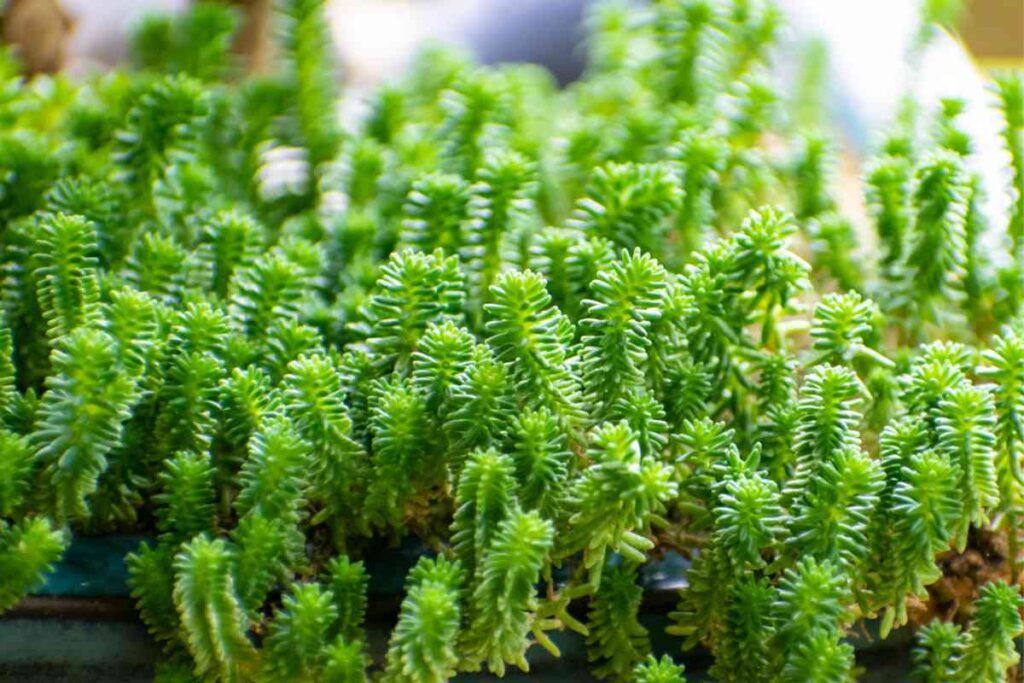
Replanting the Succulent
Fill a shallow pot with well-draining soil mixed with perlite or pumice. Then, take the succulent cutting and gently place it on top of the soil.
Be sure not to bury the cutting too deep into the soil. Use a pot only slightly larger than the cutting. In the case of leaf cuttings, this may be only an inch wide. Here are some adorable small succulent pots to choose from that are perfect for growing succulent pups.
Watering the Succulent
After replanting the succulent cutting, water it gently but thoroughly. Fully saturate the soil. Then, leave it alone until the soil dries. Gentle fertilizer in the water can help stimulate root growth faster.
Caring for the Succulent
To care for the succulent, be sure to place it in an environment that is suitable for its species. Some succulents prefer some direct sunlight, while others prefer shade with bright indirect light.
Growing succulents requires some trial and error, so don’t be afraid to move your plant to find the right indirect sun for it. If the window sill isn’t working, consider a more full sun spot on the porch.
If you don’t have enough light, consider a grow light. Plenty of light helps new plants settle in and keeps them healthy.
Decision Tree: Help! My Succulent Roots Keep Rotting!
- Are the succulents being overwatered?
- Yes: Go to question 2
- No: Go to question 3
- Is the soil well-draining?
- Yes: Reduce watering frequency and ensure the soil dries out between waterings. Consider using a pot with drainage holes or adding perlite to the soil to improve drainage.
- No: Repot the succulents in well-draining soil and ensure the new pot has drainage holes.
- Is the soil overly compacted or heavy?
- Yes: Repot the succulents in well-draining soil and ensure the new pot has drainage holes.
- No: Go to question 4.
- Is the pot too large for the succulent?
- Yes: Repot the succulent in a smaller pot with well-draining soil and drainage holes.
- No: Go to question 5.
- Are the succulents receiving enough sunlight?
- Yes: Go to question 6.
- No: Move the succulents to a sunnier location.
- Is the humidity level too high?
- Yes: Increase air flow around the succulents or move them to a drier location.
- No: Go to question 7.
- Are there signs of pest infestation?
- Yes: Treat the succulents with an appropriate insecticide or insecticidal soap.
- No: The cause of the root rot may be due to a disease. Consider using a fungicide or consult with a professional for further advice.
Related Content You May Find Interesting
Here are some more articles that may be of interest to you if you’re trying to take care of ailing succulents




